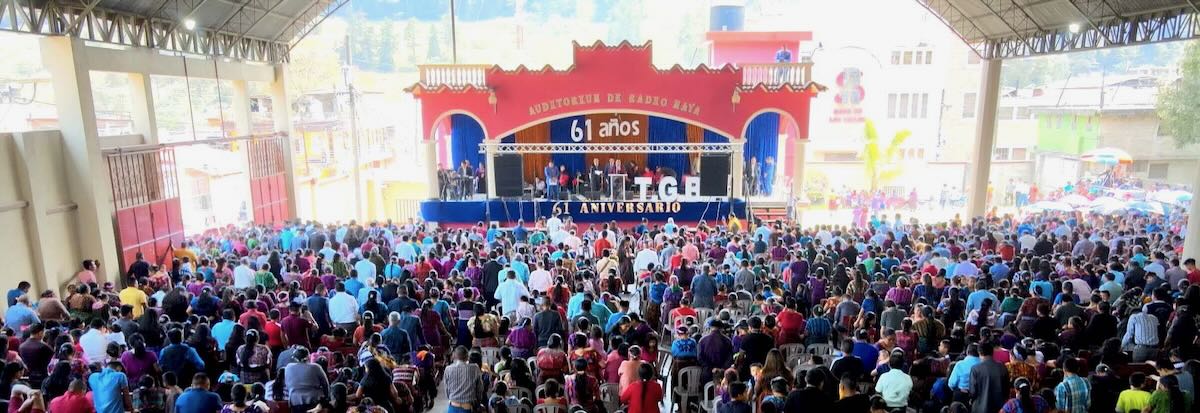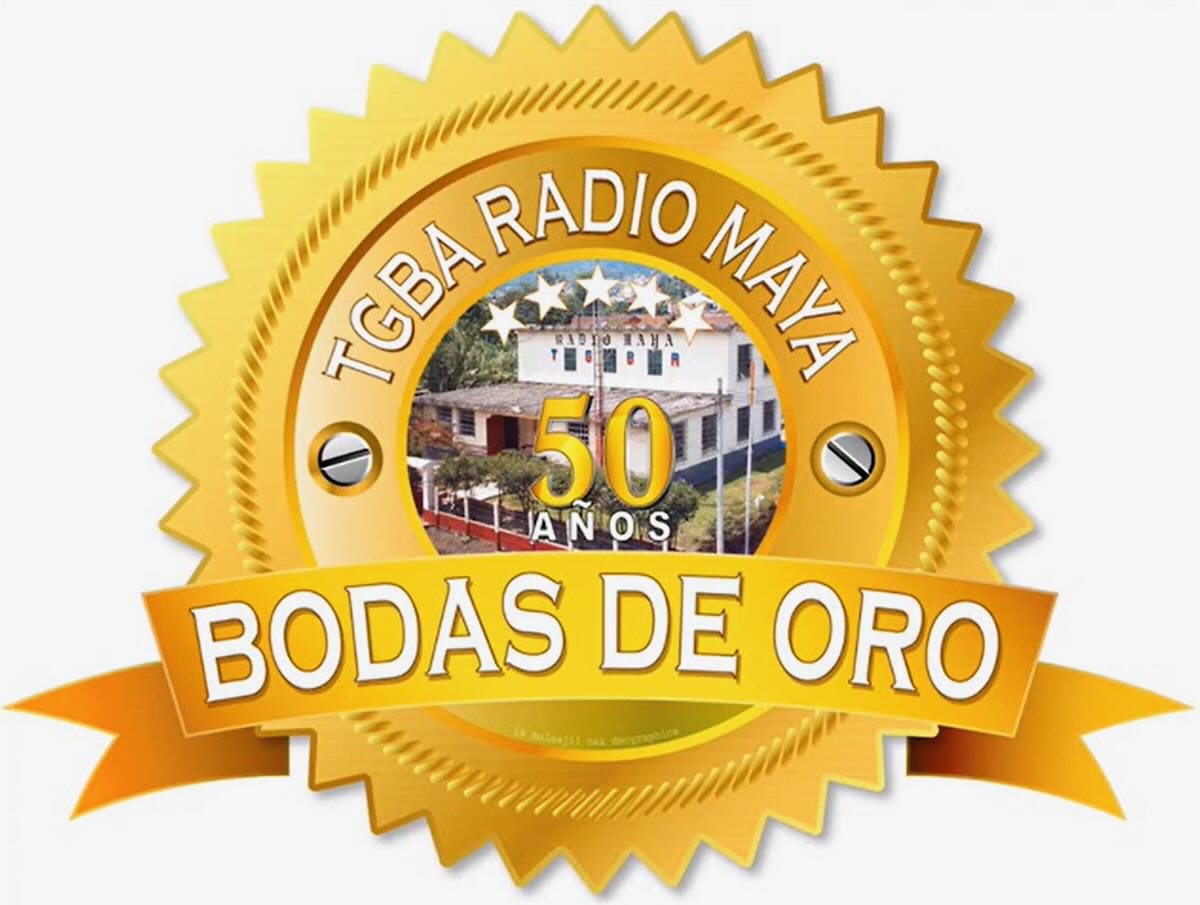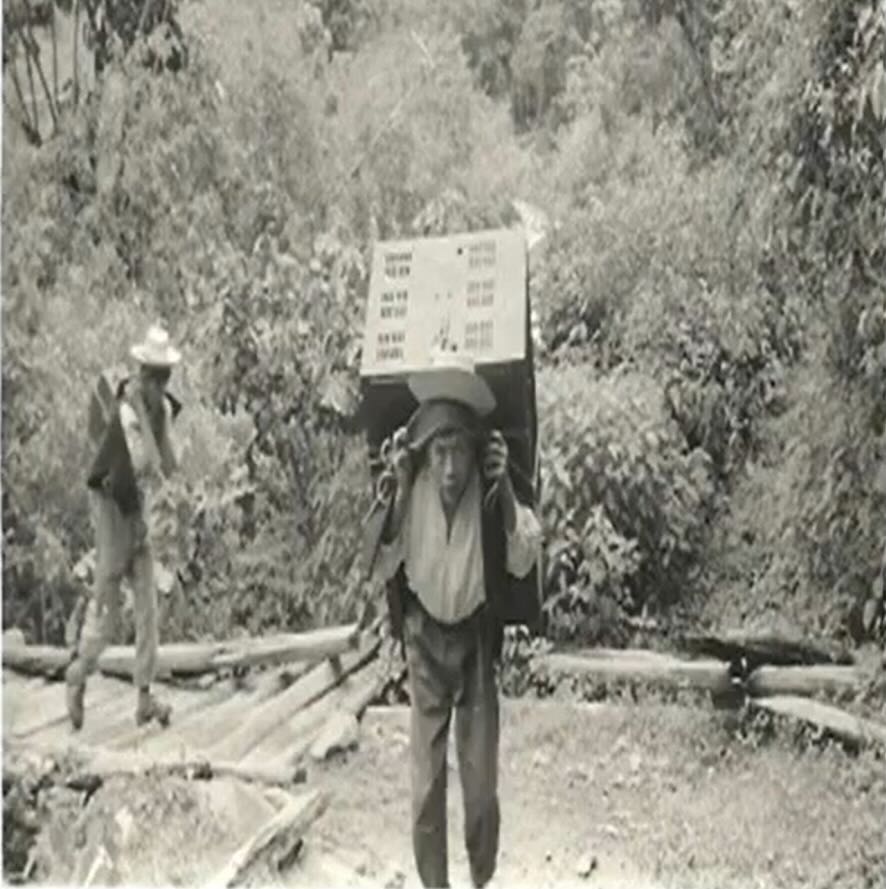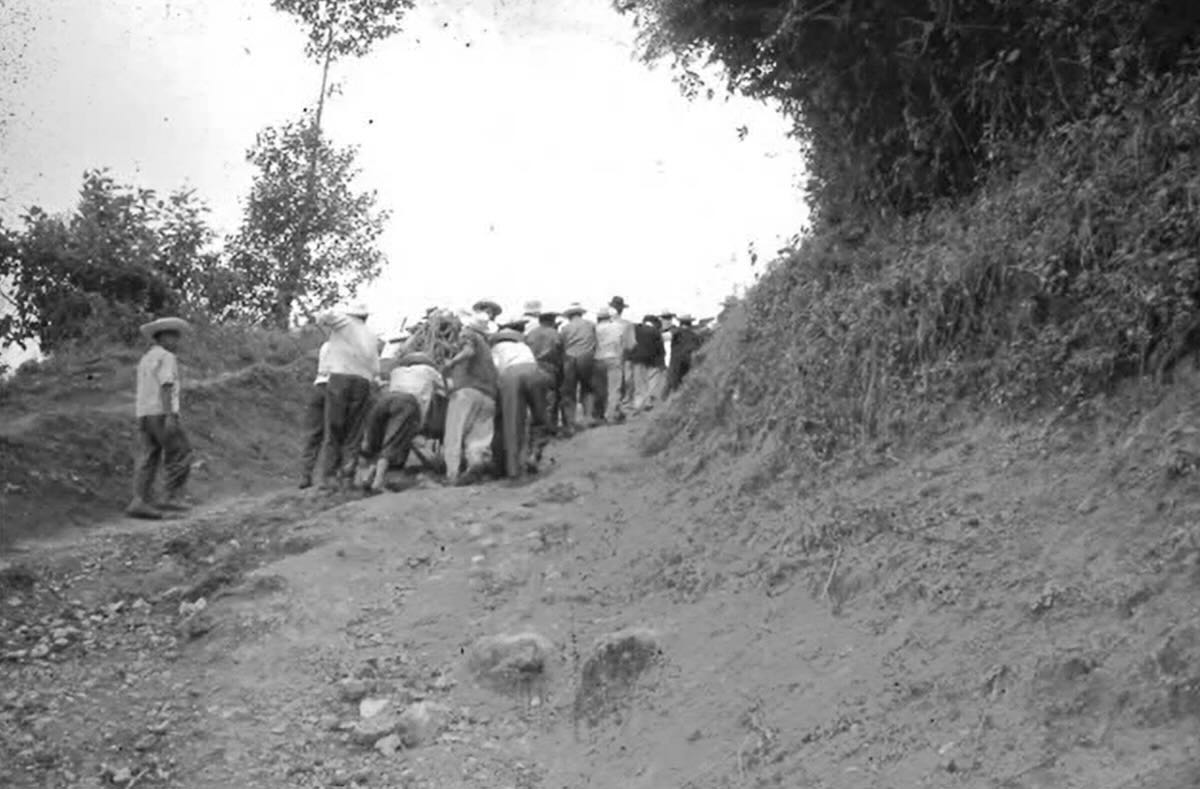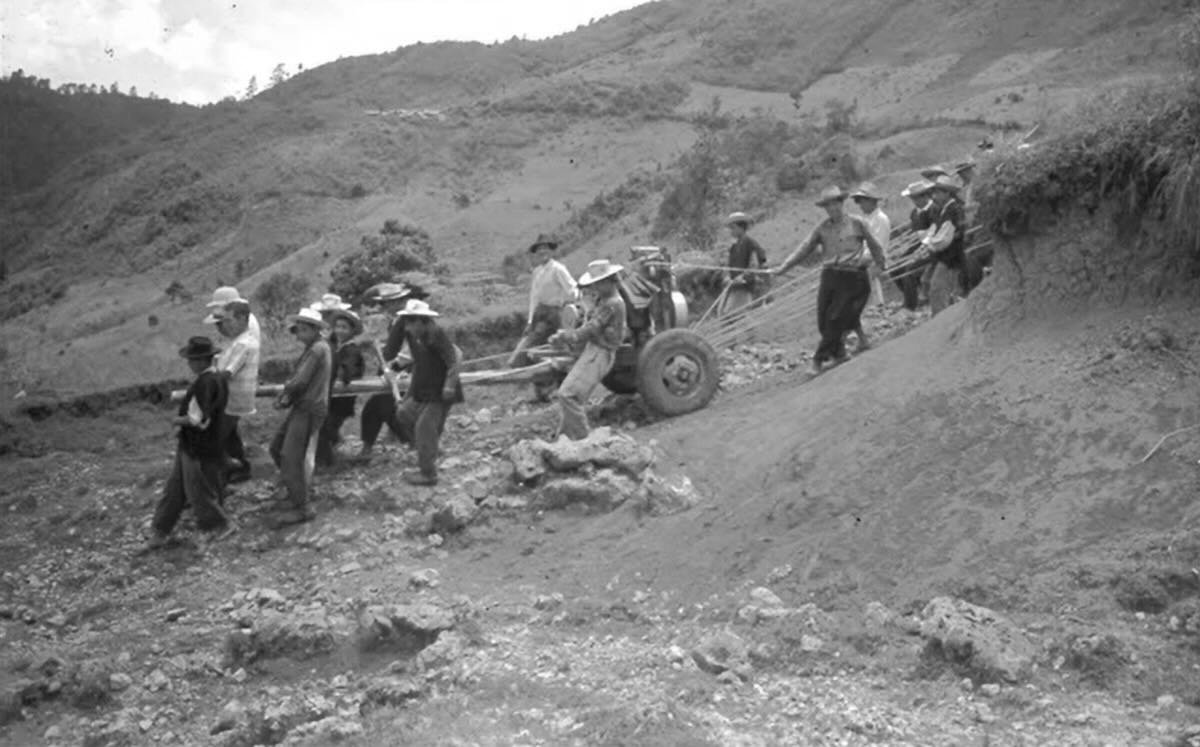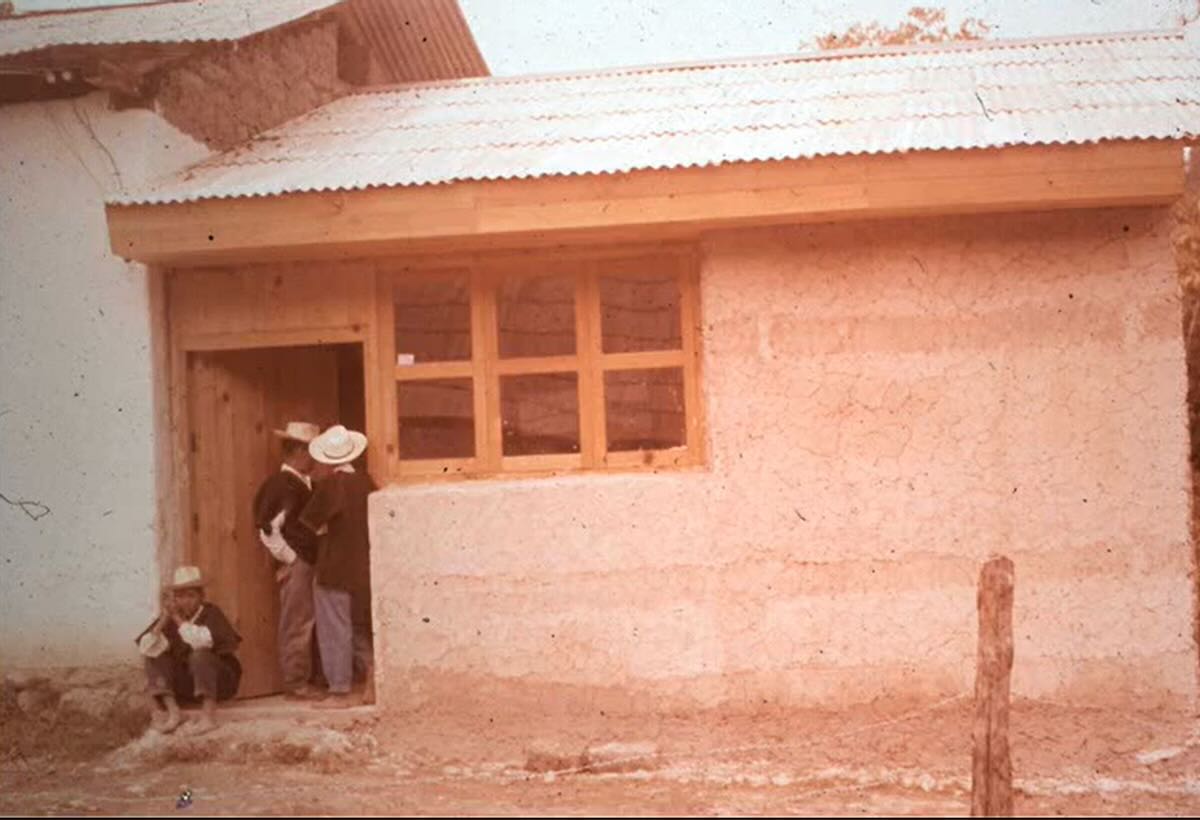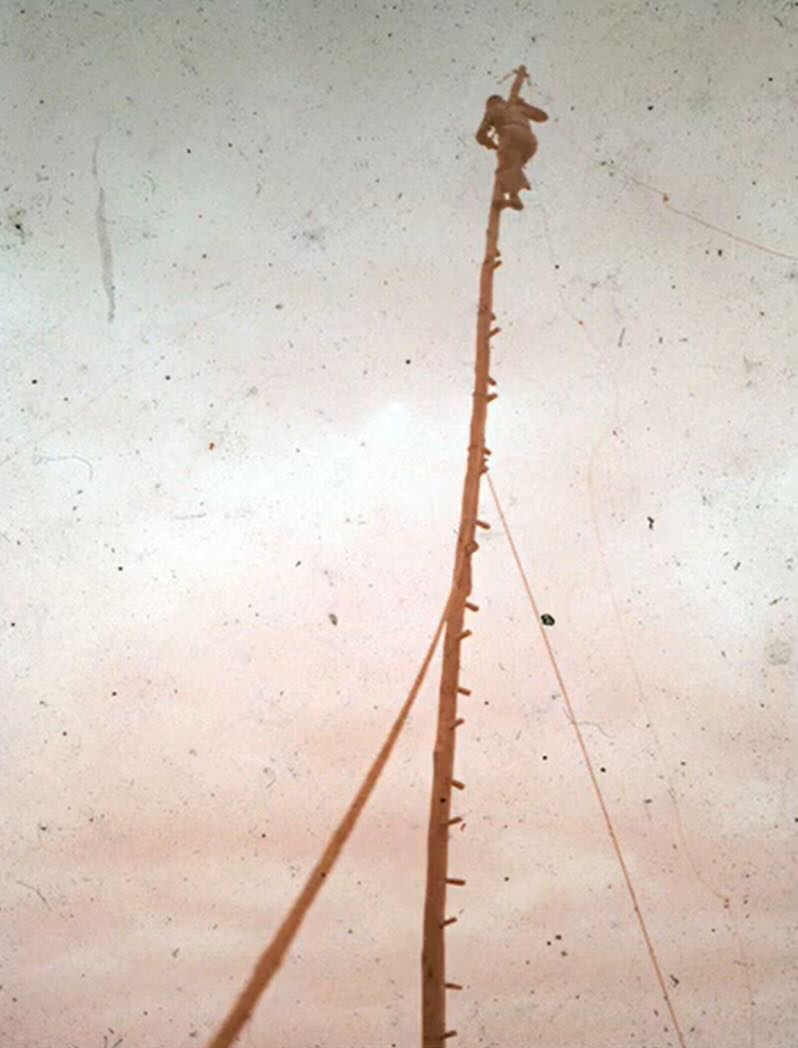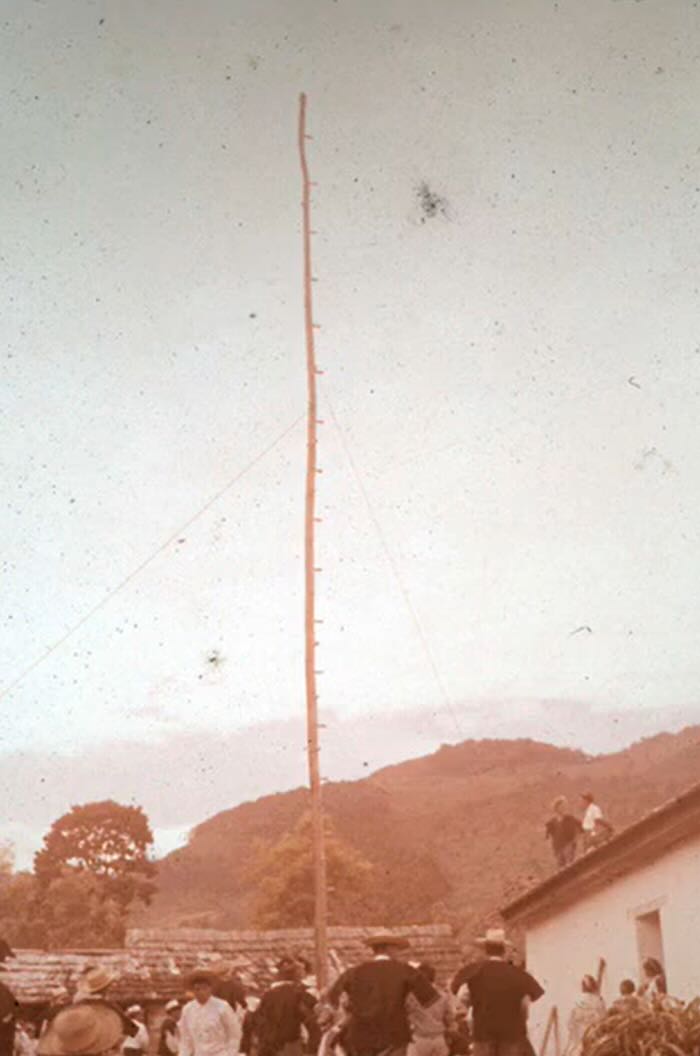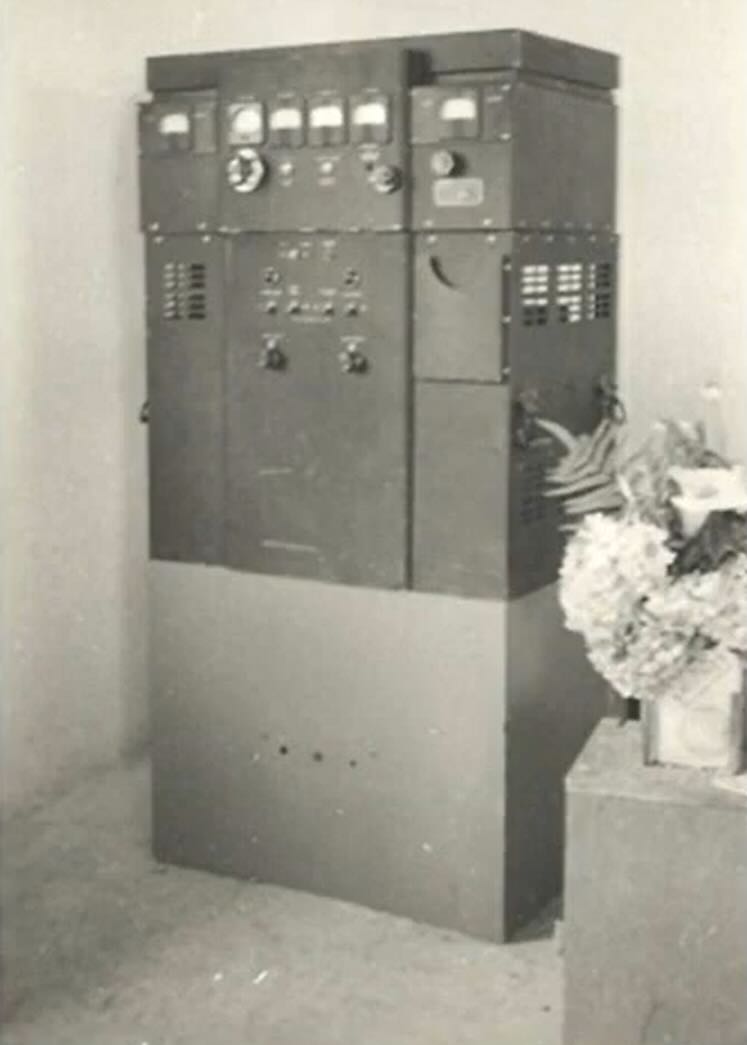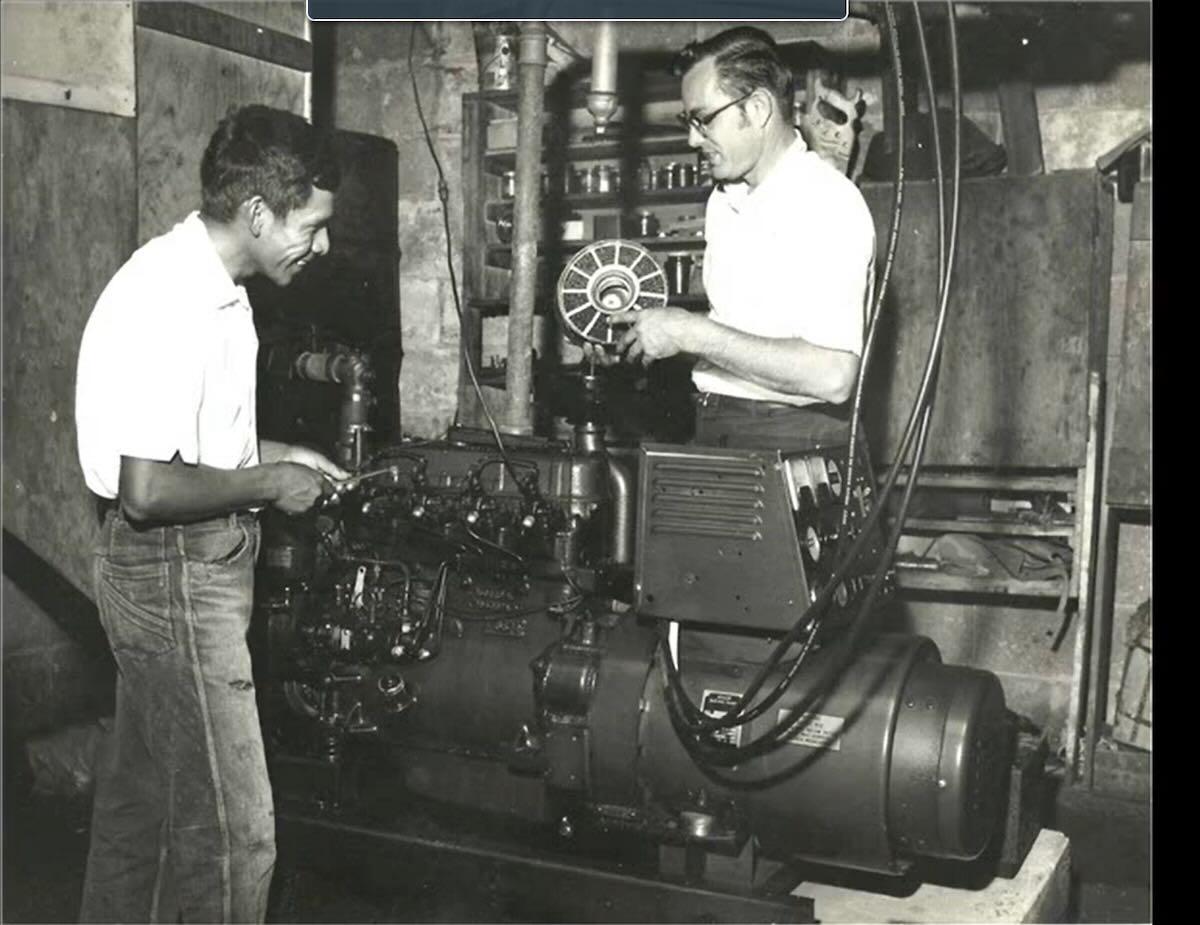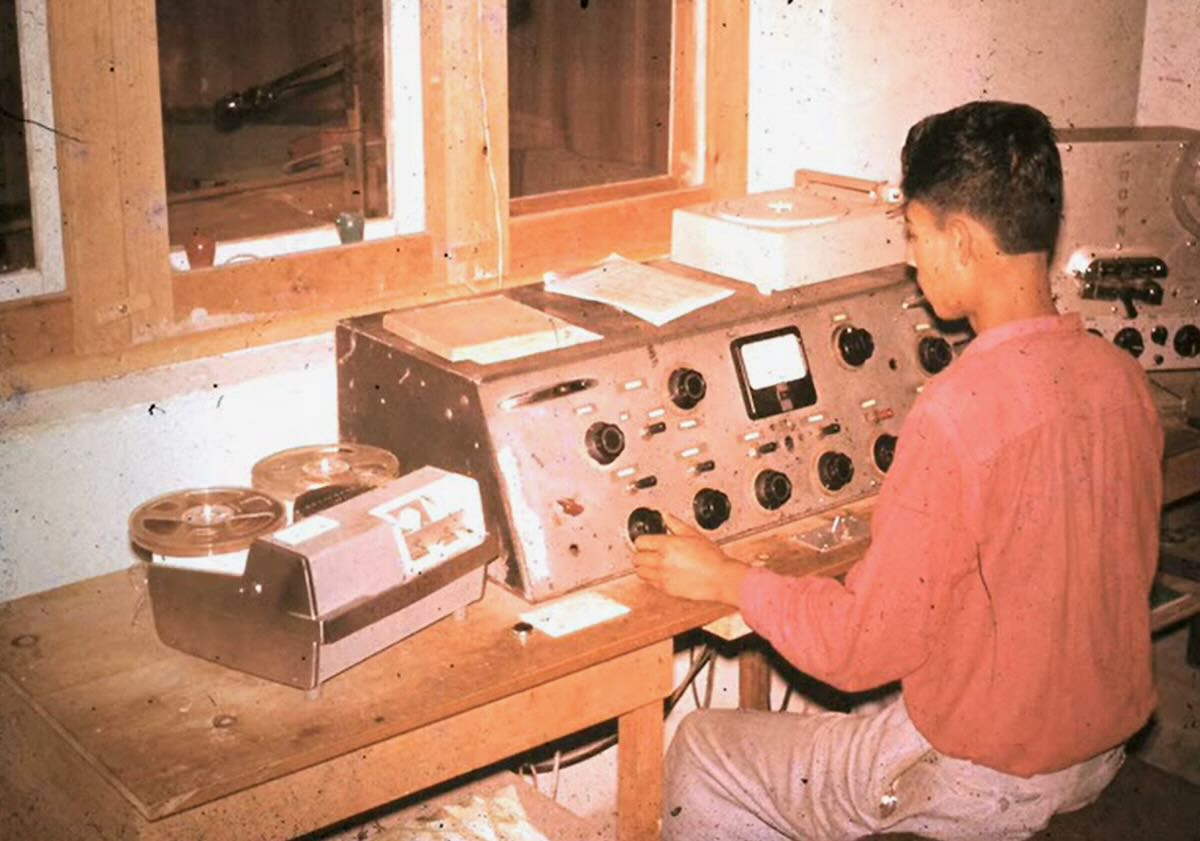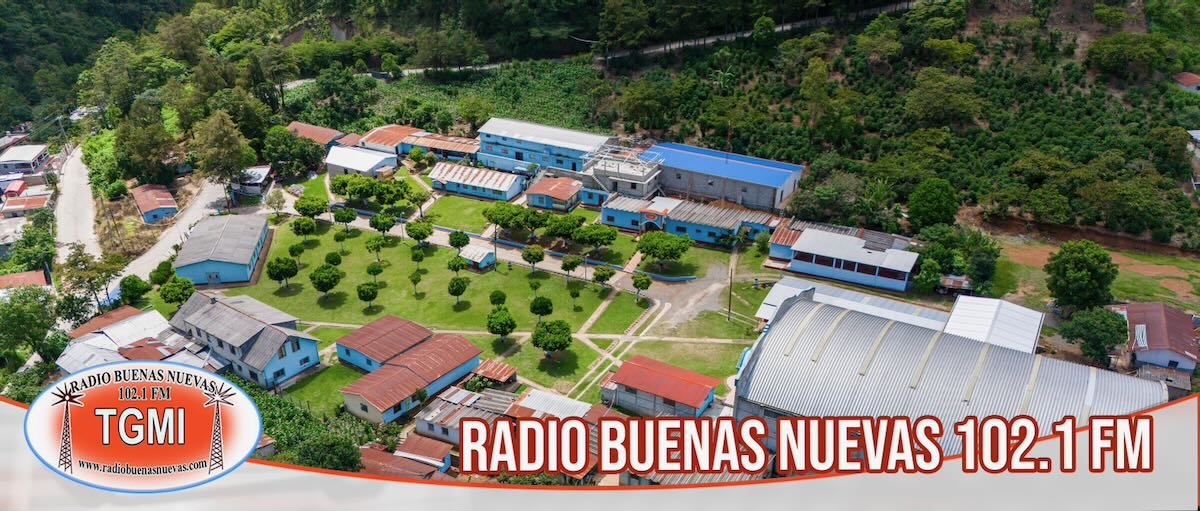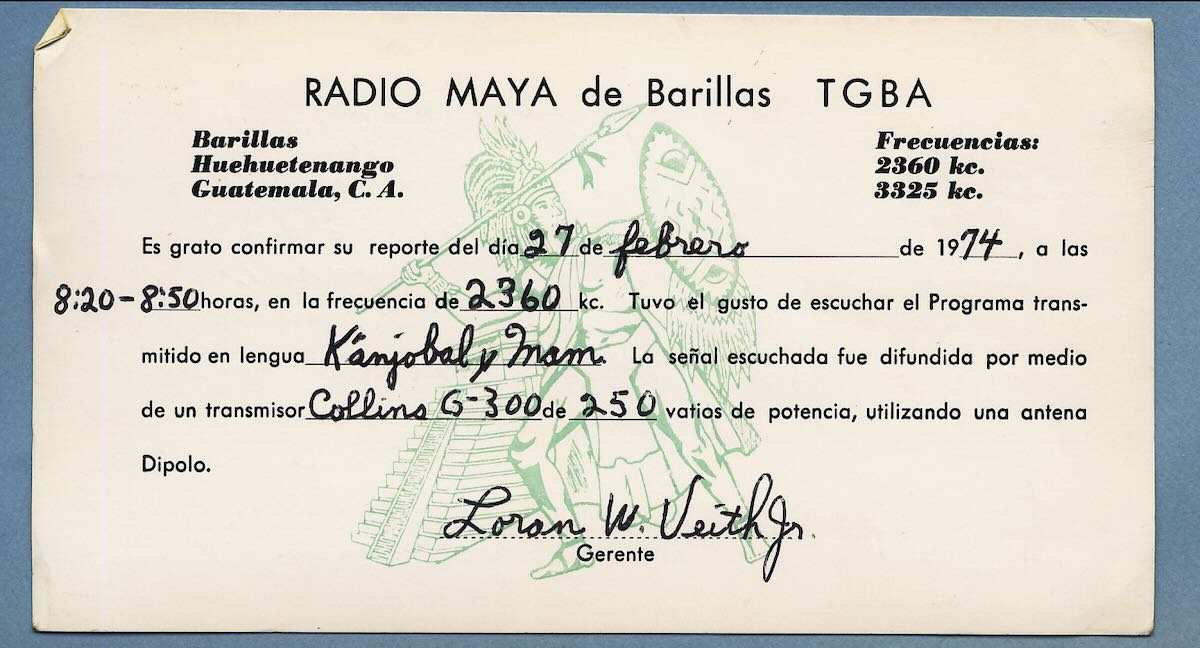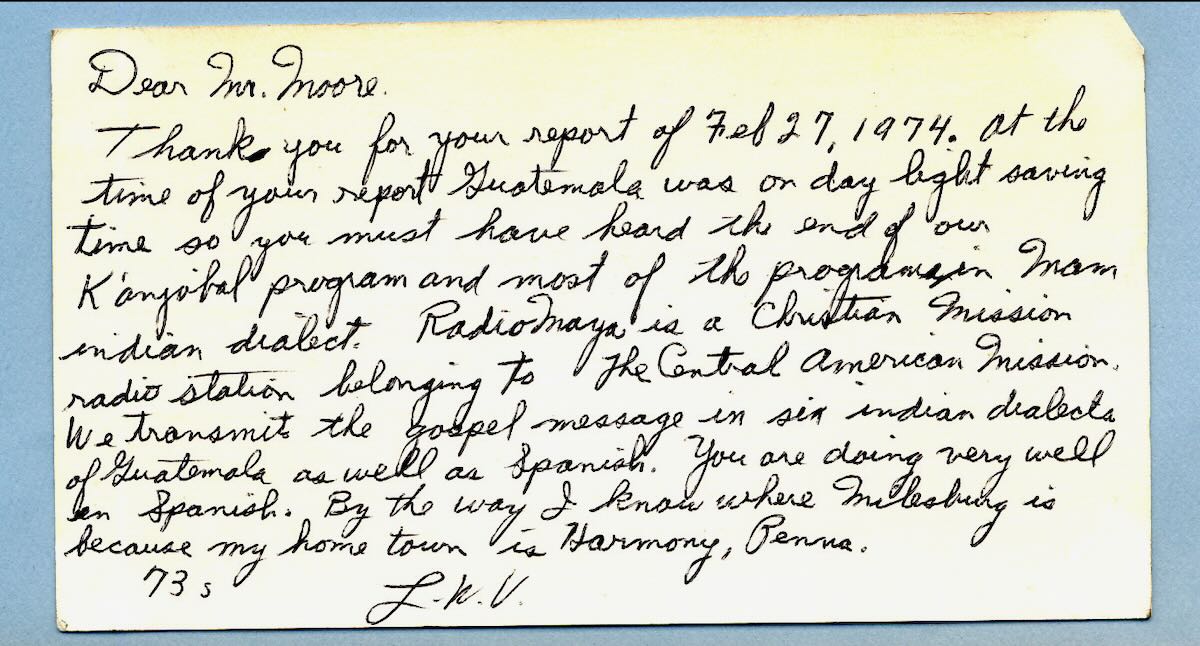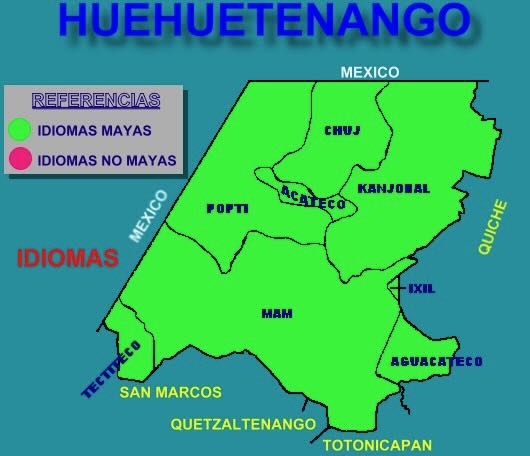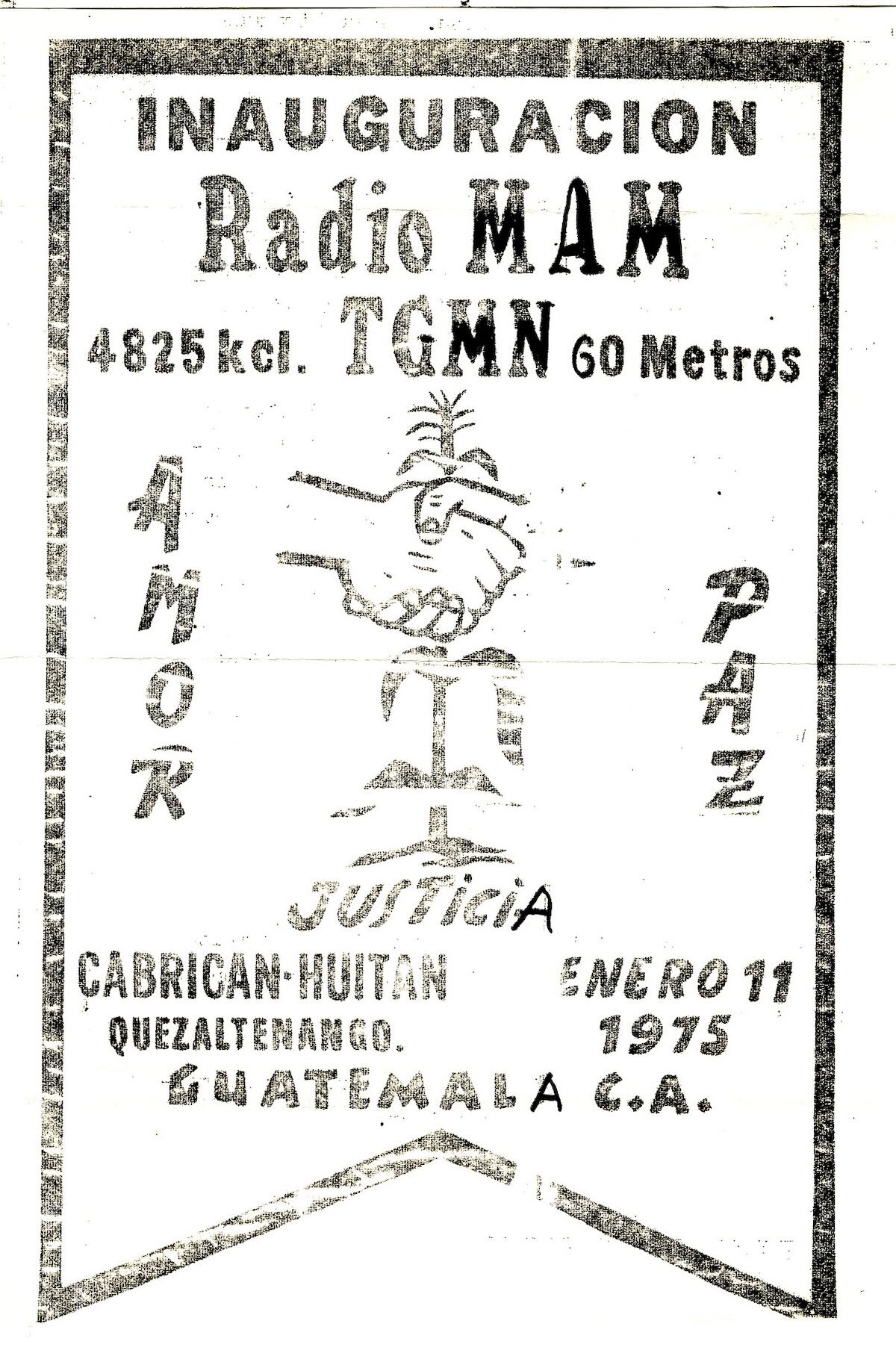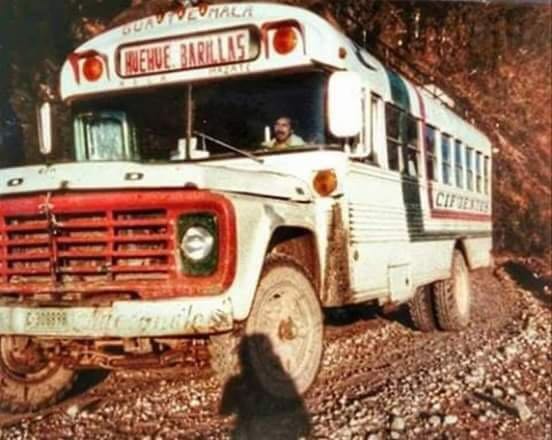Don Moore’s Photo Album:
Guatemala (Part Seven) – Radio Maya de Barillas
by Don Moore
More of Don’s traveling DX stories can be found in his book Tales of a Vagabond DXer [SWLing Post affiliate link]. If you’ve already read his book and enjoyed it, do Don a favor and leave a review on Amazon.
Given the subject of this final part you might assume that I eventually did make it to Barillas and get to visit Radio Maya. I wish it were so, but no. When writing part six of this series I tried to find a few interesting links about Radio Maya to include. I came across a 38-minute video about the history of the station issued on its 50th anniversary in 2012. The video is a series of still photos (most very old) narrated in Kanjobal.
Actually I’m assuming that it’s Kanjobal as that is the Mayan language spoken in Barillas. I don’t speak Kanjobal, but the Mayan languages use Spanish for numbers, dates, and modern ideas such as technical terms. Between the Spanish words and the context provided by the photographs, I was able to somewhat understand the video. Instead of expecting you to watch the 38-minute video, I’ve copied the most interesting pictures below. (I don’t think you want to see pictures of all the people involved over the years.)
Beginnings
There had been an Evangelical mission in Barillas since the mid-1950s. The name of whoever decided to put a radio station in Barillas is lost to history. But, like Father John Rompa of the Catholic station La Voz de Nahualá, they realized that radio was the best way to reach the Mayan people scattered across remote mountain towns and villages. Also lost to history is why they picked a place as remote as Barillas. Not only was the town at the end of the road, but in the early 1960s the last stretch of road wasn’t even drivable. Hauling in equipment for the new broadcaster was a challenge.
Here a man carries part of the transmitter on his back:
The transmitter eventually arrived in Barillas on an oxcart:
In these next two pictures about two dozen men haul the generator over a rough stretch of road:
The original building in 1962:
The next step was putting up the antenna. Here villagers prepare to erect a wooden pole as a center support for the antenna wires:
One of two shorter poles to hold up the lower ends of the wire:
When the pole was in place a very brave (or foolhardy?) man climbed to the top to attach the wires:
The finished tower. The antenna wires, attached at the top, aren’t visible. The lower wires are for support:
From its beginnings until the late 1970s, Radio Maya de Barillas only broadcast on 2360 kHz with this 250-watt transmitter. Later a one-kilowatt transmitter was added for 3325 kHz.
Installing the generator:
The Radio Maya studio in the 1960s:
Getting Bigger
In 1969 a plot of land was purchased on the edge of town and over the next three years a new building was constructed with help from American missionaries. Continue reading

